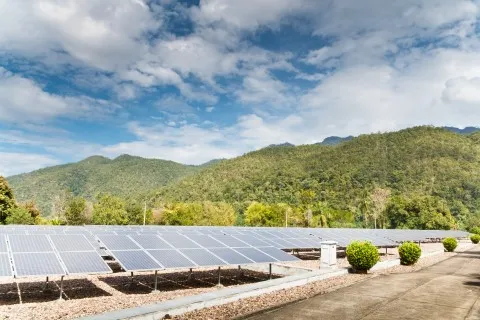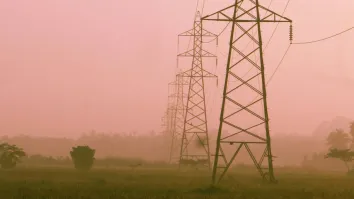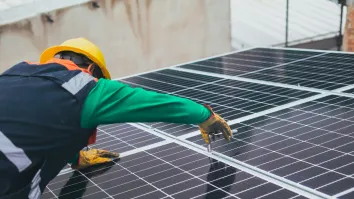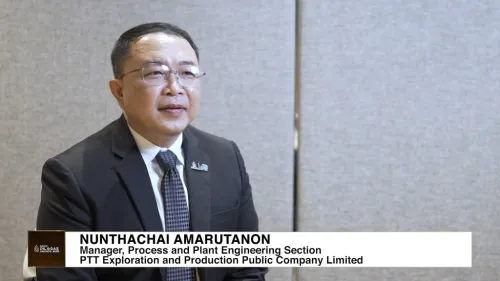
China's proposal for subsidised grid parity projects could hurt solar capacity addition in 2019
The government will not organise competitive bidding for subsidised projects before the first batch of grid parity projects are drawn up.
A foreseeable delay in competitive bidding policy and related works could hurt capacity addition from subsidised grid parity projects in China, according to a report by UOB Kay Hian (UOBKH).
China’s National Energy Administration (NEA) released a consultation paper of “The Working Plan on Promoting Grid Parity Projects Construction for Wind and Solar Power Generation” on 10 April, in a move to promote grid parity projects without state subsidy. The document requires local governments to recognise the first batch of grid parity projects for wind and solar power generation in 2019.
In March 2019, vice president of Renewable Energy Center at NDRC Tao Ye forecasted 2019 solar capacity addition in China to reach 45-48GW, which includes 3.5-4.0GW household distributed solar projects with state subsidy of $104.36m (RMB700m), 34-36GW commercial & industrial (C&I) projects and ground mounted projects with state subsidy of $340m (RMB2.3b), and 2-3GW grid parity projects.
Also read: What's next for China's renewables after a subsidy phase-out by 2020?
In addition, the document encourages subsidised projects (2018 and before) to convert to subsidy-free projects with a first priority guarantee of power consumption, highlights how grid parity projects constructed in 2019 will have second priority in power consumption, whilst existing projects that have not started construction will have to attend competitive biddings in 2019.
That said, the document states that the local government will not organise competitive bidding for subsidised projects before the first batch of grid parity projects are drawn up, whilst NEA will publish the policy related to competitive bidding for subsidised projects separately later.
“Given the time needed for absorption of policy, application, and final results release after the policy announcement, we expect the delay to probably have negative impact on China’s solar capacity addition in 2019, and hence drag the upstream demand,” UOBKH analyst Shen Zhifeng said.
Local governments in regions with good conditions for subsidy-free projects should submit the list of grid parity projects by 25 April. In contrast, local authorities in regions that are not qualified for non-subsidised projects construction should submit the competitive bidding method and working plan for subsidised projects by 31 May.
Meanwhile, NEA’s consultation paper reiterates the land-related cost cuts and signing of long-term power sale contract, and notes that local governments should effectively lower the land-related costs for grid parity projects. Grid companies should also implement the work of renewable power out-transmission and consumption for grid parity projects and sign electricity purchasing contract with renewable power plants at a fixed tariff and tenures of more than 20 years.
2019 could be a year of transition to grid parity for China’s solar power industry with an improving investment environment on the back of strong government policy support, Shen noted.
Also read: EDF Renewables buys majority stake in rooftop solar portfolio in China
“We are happy the government has taken substantial steps to promote subsidy-free projects, which would allow solar farm operators to make profits without state subsidies and hence generate stable earnings and cash flow,” Shen said.
However, he highlighted that this contribution to solar capacity addition would be mild in 2019, given how 2019 would be the starting year for large-scale solar power grid parity projects, and only some regions in China have good conditions for the construction of subsidy-free solar power projects.
Shen further added that there are few incentives for previous subsidised projects to convert to non-subsidised projects despite the guarantee of first priority in power consumption.
As the grid parity approaches, Shen expects more supporting policies with detailed measures to be published in the future.
“We think 2019 would be a year of transition to grid parity for the solar power industry, and the investment environment should improve with strong government policy support,” Shen explained, adding how in Jan 2019, NDRC and NEA held discussions to lower the costs of land use and other non-technology parts.



















 Advertise
Advertise








